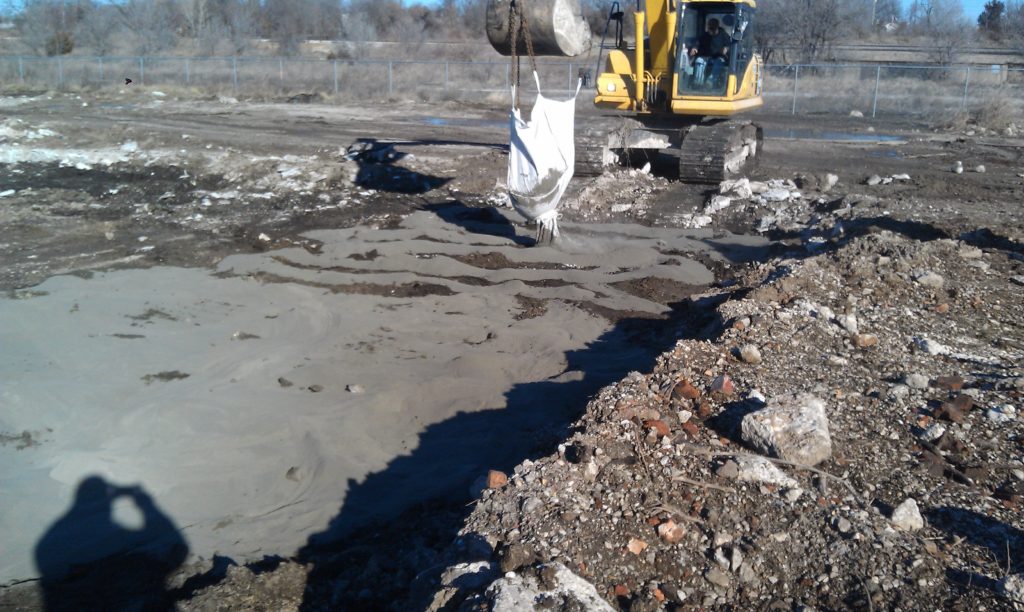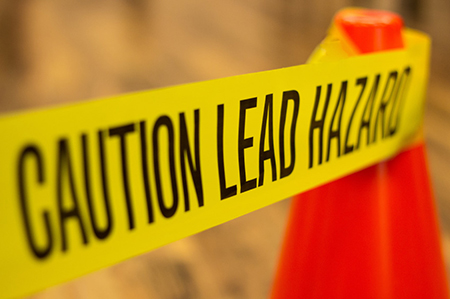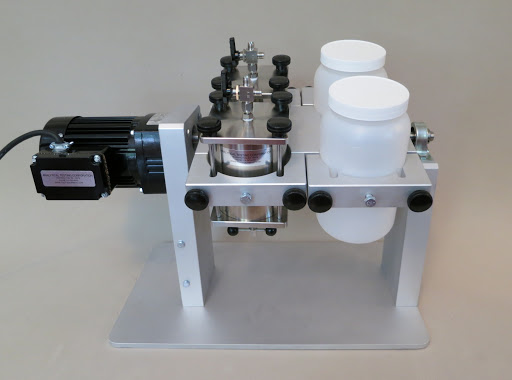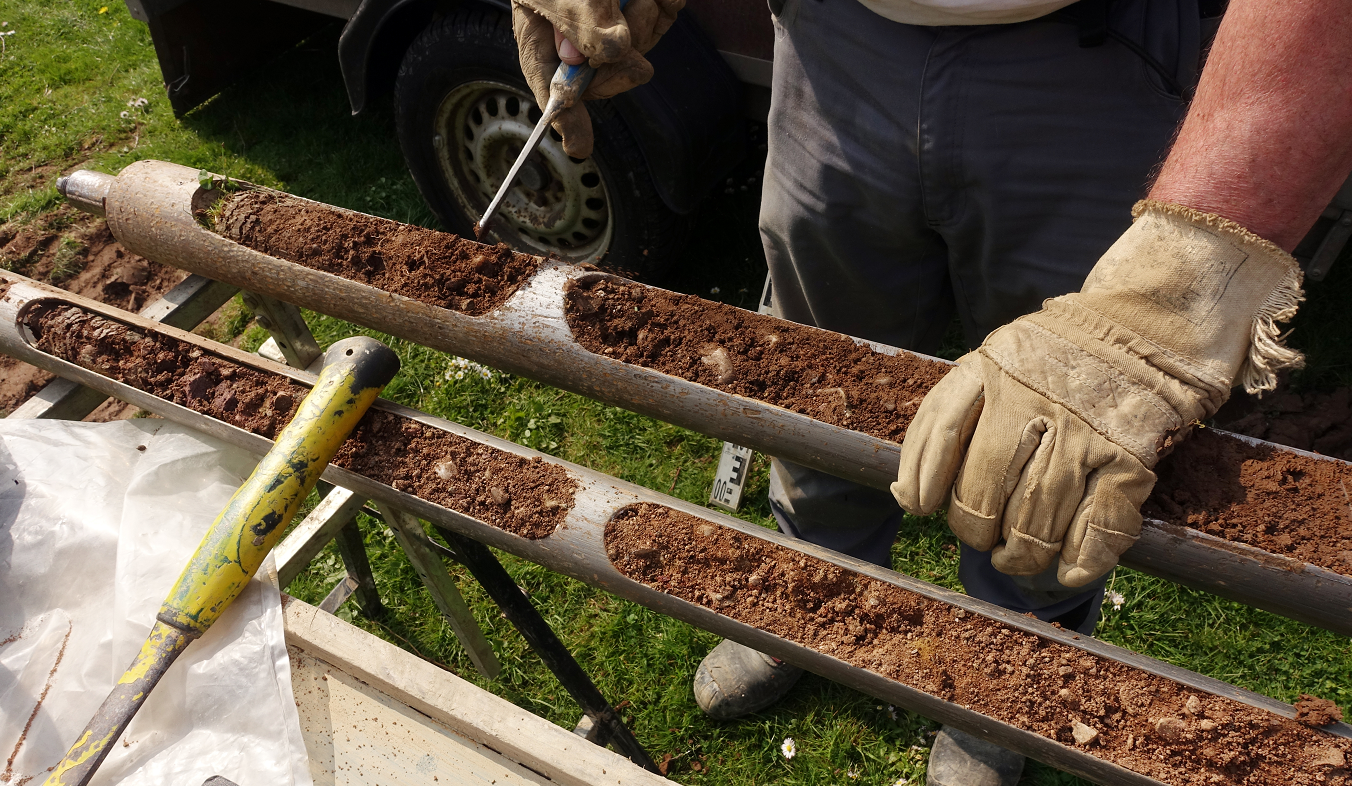What is a Treatability Study?
When done correctly, a treatability study can be an important component of the remedial investigation/feasibility study (RI/FS) and the remedial design/remedial action (RD/RA) process.
Engineers use this tool to help identify the full range of remedial options that are available to their client regarding safe & cost-effective remedies in the market. Remedial contractors can use this tool to further optimize dose rates for the selected technology, thereby making it more cost-effective.
A treatability study involves additional activities besides just testing. Typically, the treatability study will come after a Site Characterization is performed. Site Characterization will provide data on the type and extent of contamination.
For metals contaminated sites, this usually involves performing a total metal analysis as well as a leachable metal analysis. The leachable analysis typically is the Toxicity Characteristics Leach Procedure (TCLP, EPA Method 1311), but could include other leaching protocols.
The data generated from site characterization will provide insight into whether the waste is hazardous, and if so, what treatment options might be available. Total metal tests are much less expensive than TCLP tests, so many more of these can be ran to get an overall view of the extent of contamination. However, performing TCLPs is important as it provides a clearer understanding of how much hazardous soil you need to remediate.
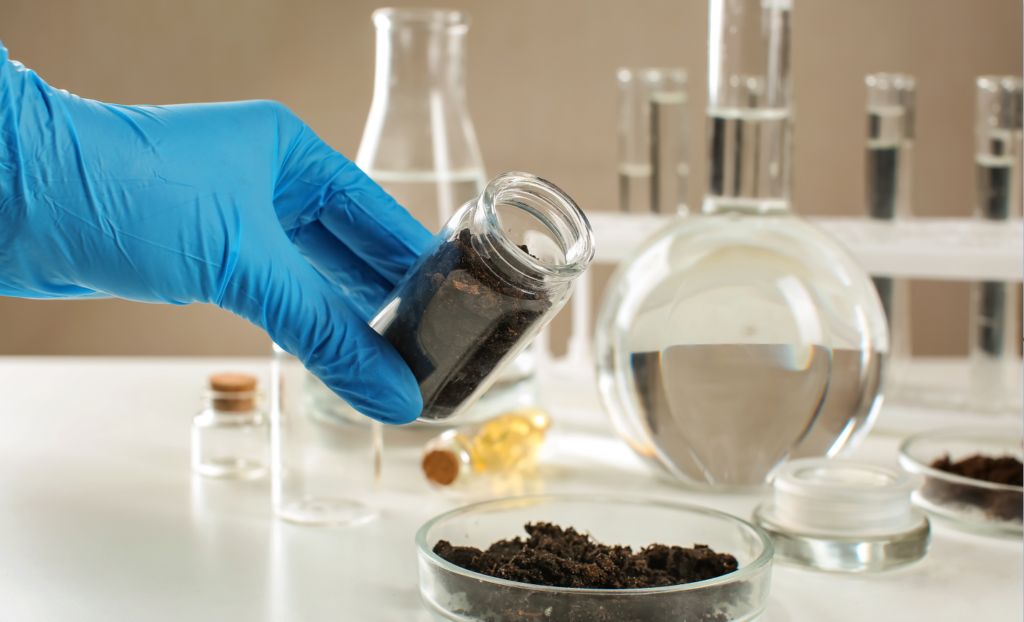
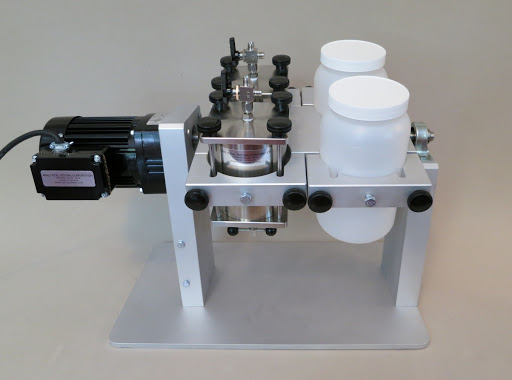
This data is vital in determining if a treatability study is needed. If one is needed, this data will identify the type of metals, the level of contamination and the regulatory status of the soil (hazardous or non-hazardous). The next step would be to identify which technologies in the market are capable of achieving your remediation goals for the contaminant identified.
TDJ’s Blastox 215 technology (silicate-based) is a preferred option for remediation of heavy metals to below their TCLP limits, especially lead and cadmium. As such, TDJ performs treatability studies on a regular basis using soil samples from the actual site.The treatability study will accomplish several goals. First, the test data can be used to verify the consistency of site characterization data by comparing the two sets. If there is a wide variability, it could suggest that additional sampling be conducted.
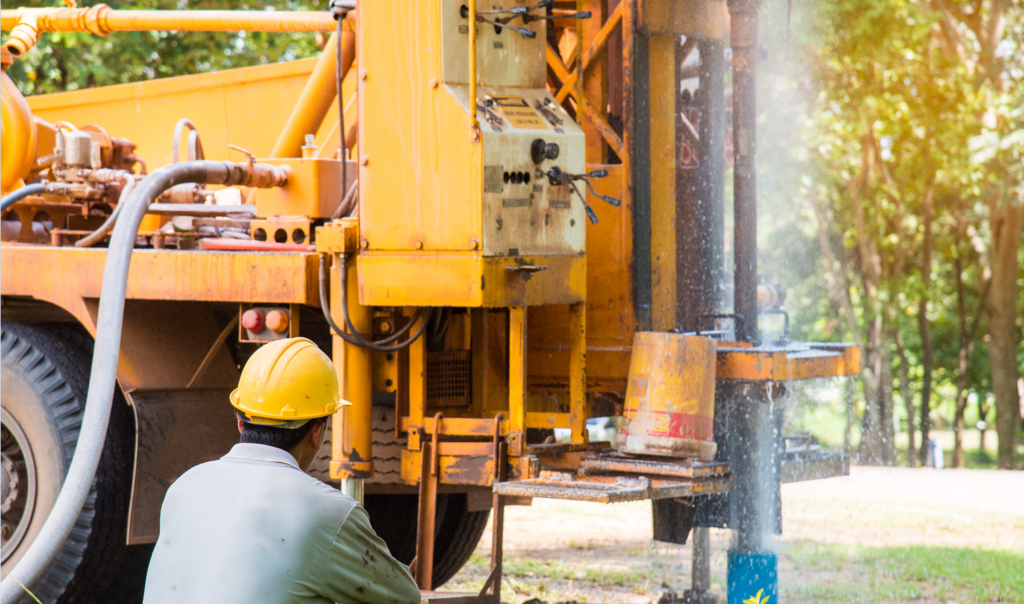
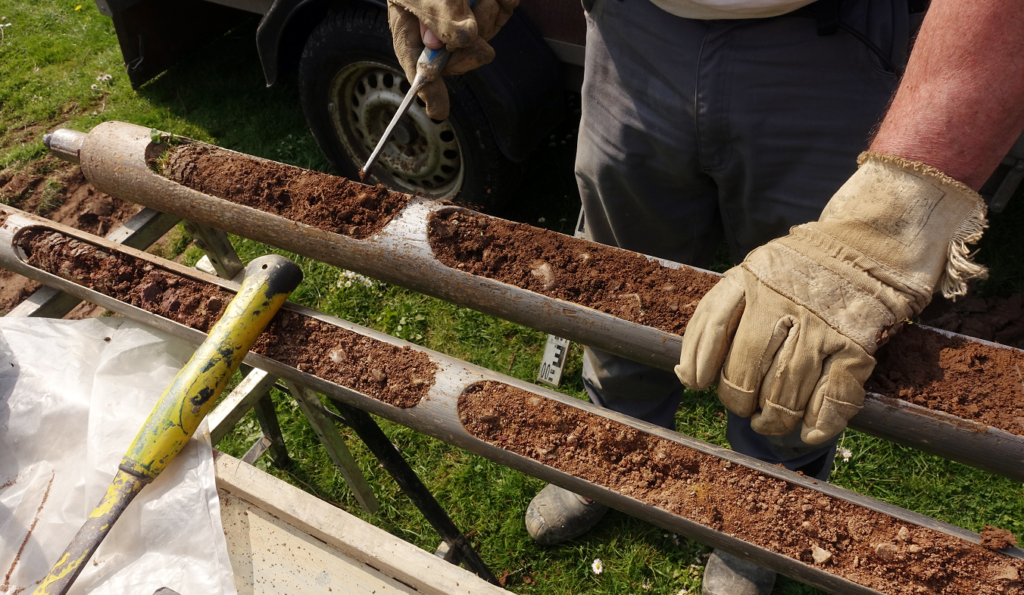
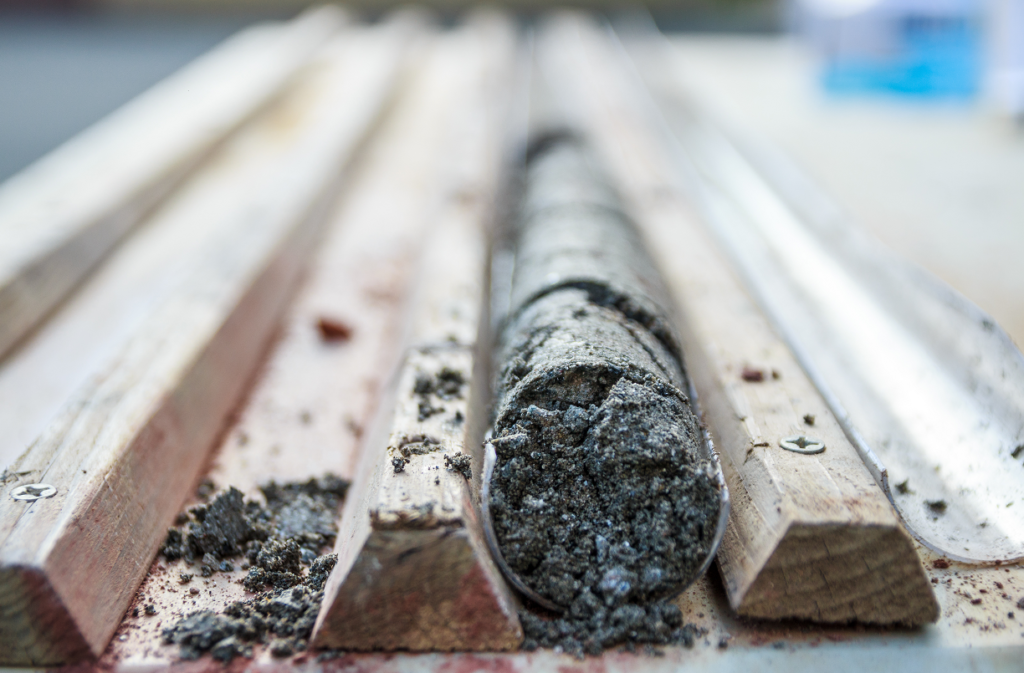
Secondly, the data produced will allow the stake holders to know whether Blastox 215 is capable of stabilizing the metals according to the remedial goals for this project.
Thirdly, cost estimates can be generated based on the dose rates identified in the study. TDJ’s Treatability Design establishes a baseline of data for untreated waste and then 1 or 2 dose rates (determined in conjunction with stakeholders and based on available data) between 2% and 5%. The goal is to find the lowest (and least expensive) add rate that will achieve the remedial goal.
Many times, the results of a treatability study are very clear. As an example, Blastox 215 was tested at 3% to the highest lead leach level (70 mg/L) for a project. The result was ND (non-detectable), so we can conclude that all other soil on that site can also be remediated with 3% since they leached at lower levels.
Other times, the treatability study can identify if additional testing is necessary in a particular sampling area. Treatability studies are critically important when determining which remedial technology will provide the best benefit to your bottom line, or to your client’s bottom line.
Convinced of the merits of a treatability study? Want to participate in a complimentary (Free!!) study on your next soil remediation project to determine if Blastox 215 is your remedial option of choice? Click the button below to request the service.



